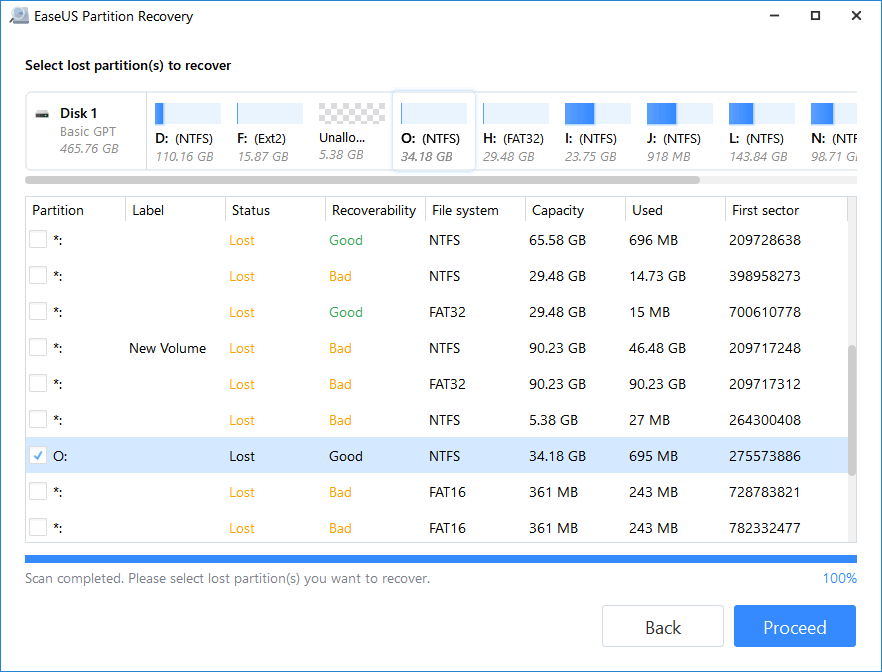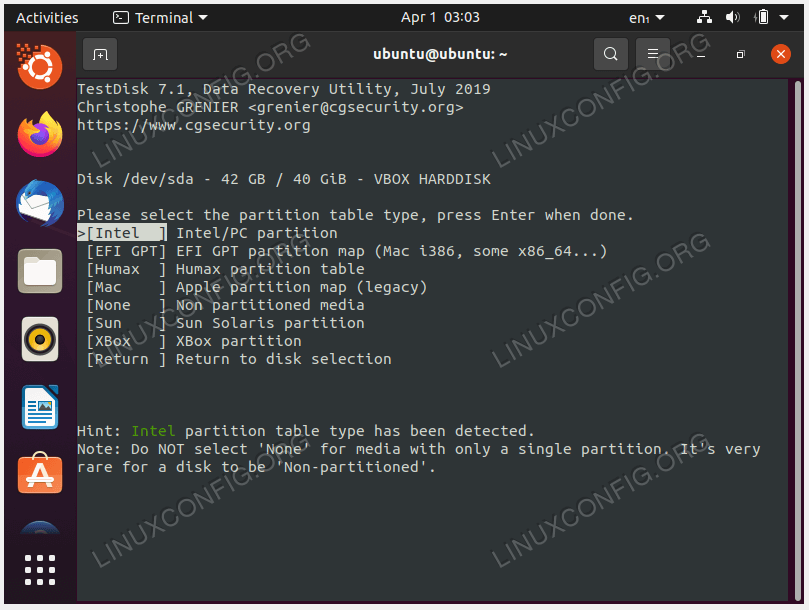

Tools such as ddrescue can be used to copy EXT4 file systems to an alternative location. Doing so can overwrite Inodes and rule out any chance of data recovery. Take a backup image of your partitionĪlways take a backup image of your disk and never work directly on the file system you want to recover. There is also the option to send your disk to a third-party data recovery specialist if you are not confident completing these actions yourself, or if your attempts are unsuccessful. Several tools exist that attempt to recover data by grepping the file system journal or undeleting lost Inodes (with varying success). However, there are alternative methods that can be used to potentially restore your data to its source. Out of the box, Linux distributors advise that it is not possible to recover EXT4 data files. If your server does not have an up-to-date backup, then it may not always be possible to roll back and restore your critical data. Data is arguably most frequently deleted in error or by malice. Data can be lost due to hardware, software, or user error regardless of the reliability of any associated hardware. It is important to understand the concepts discussed above when looking into EXT4 Data Recovery. Querying Inode data is very simple on any EXT4 file system, simply execute the command: df –iįigure 3- Summary of journaling information EXT4 Data Recovery

Each file name is mapped to only one single Inode number, but one file Inode number may have many names that map to it. Inodes do not store the file name, that information is kept in the file table. File creation (birth) timestamp (btime).Inodes contain pertinent information such as: This file system approach improves performance and reduces fragmentation on the server. Each Inode represents a file from the file table. An application can retrieve the unique metadata by calling the known Inode ID. It contains metadata about a file or block of data on an EXT4 file system. How is EXT4 file system designed to protect dataĮXT4 is a flexible, durable, and backward compatible file system (EXT2, EXT3) that supports several OS features and extended attributes aimed at providing scalability and reliability for large file systems.Īn Inode table is a fundamental building block of the file system. There are several blocks that aid the file system structure the data include an EXT4 superblock, Group descriptors, Inode tables, Inode bitmaps, and the actual data blocks. EXT4 is efficient and structures data into a series of block groups to boost performance.Ī block is a group of sectors between 1KiB (1024 kb) and 64KiB (65536 kb) in size and the block group layout is split into multiple blocks. This is due to the way the Operating System breaks up the data on an EXT4 file system. Recovering data from an EXT4 partition can be difficult to achieve. Step 3 – Use a Hex Editor to Examine Data.How is EXT4 file system designed to protect data.


 0 kommentar(er)
0 kommentar(er)
